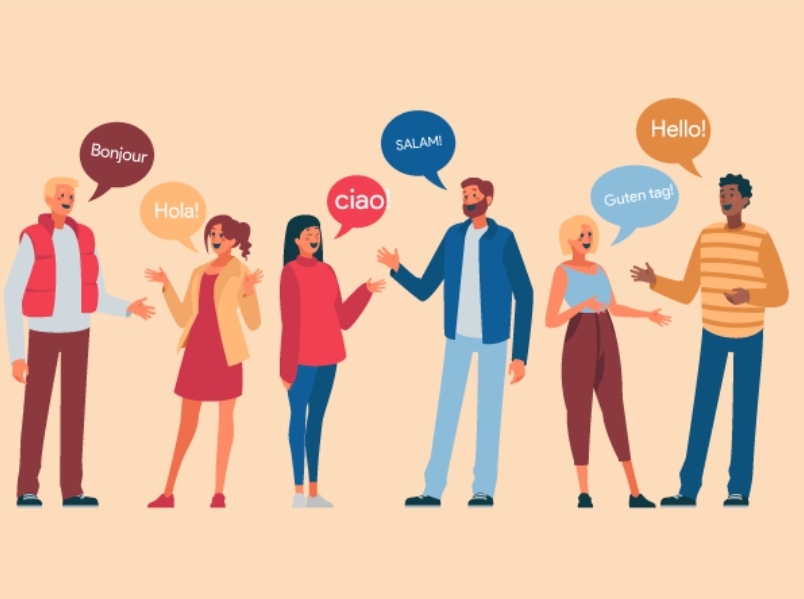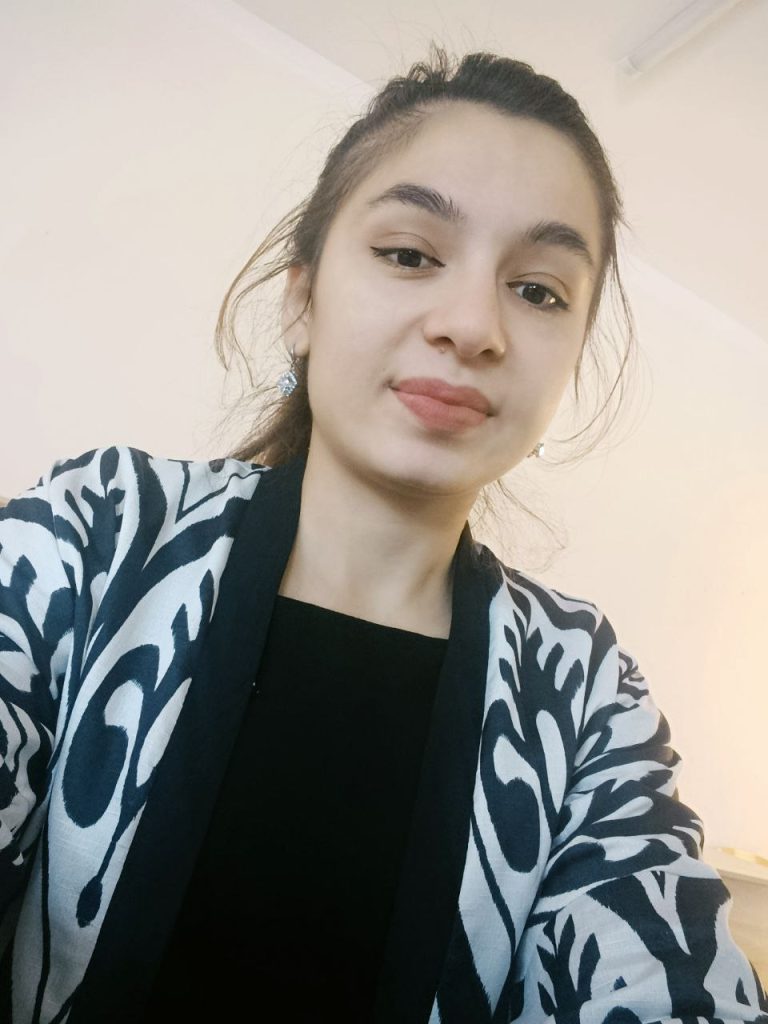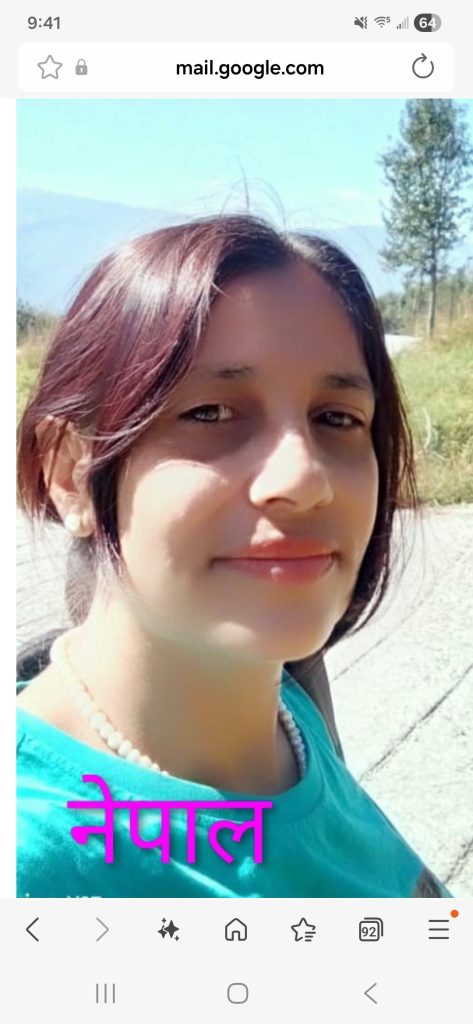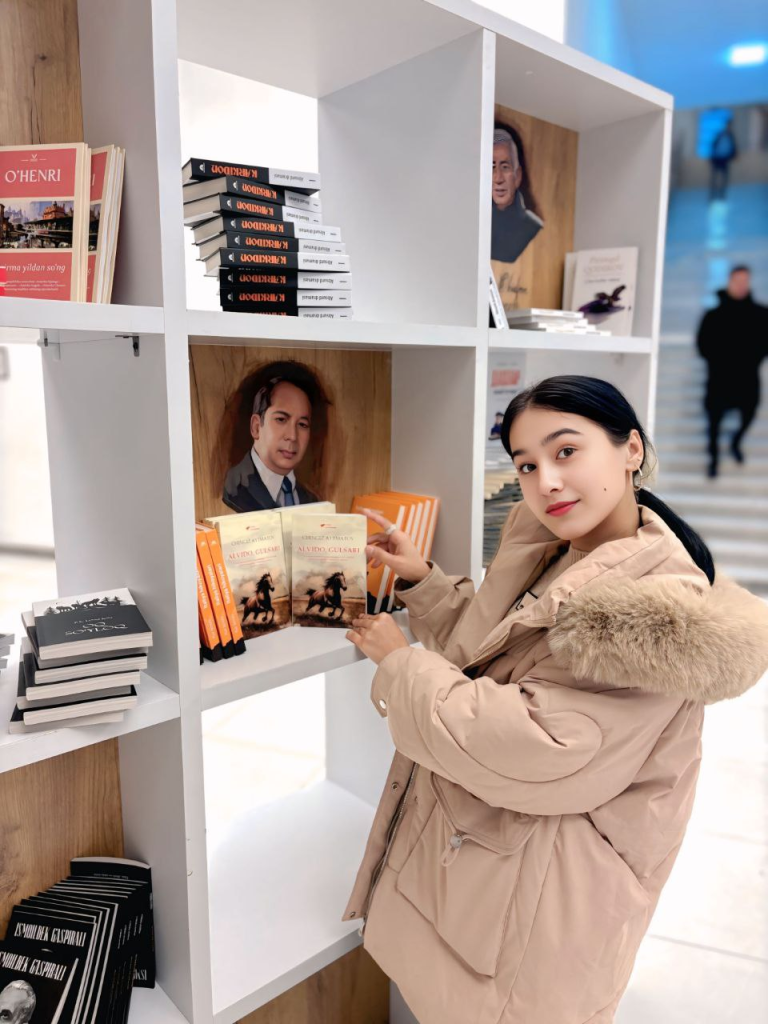
The Human Factor in the Linguistic Picture of the World
Abstract:
This article discusses anthropocentric linguistics, its emergence, the main directions of this branch of linguistics, and the relationship between ideas expressed in language and the human factor.
Key words: anthropocentric linguistics, language, information, cultural code.
From the moment a human being is born and grows, almost all of their needs in life are expressed through language. By speaking, a person not only conveys information to others but also assimilates certain messages from them. All these processes are carried out through language, which serves as a means of communication. Thus, a human being is a user of language. However, interpreting the issue only in this way would be incorrect. Anthropocentric linguistics, which emerged in the nineteenth century, put forward exactly this principle. According to it, a human being not only uses language but also stands at its center, creates it, and expresses their emotional state and certain information through it. Anthropocentric linguistics embraces this aspect as a central concept. Indeed, a person can communicate almost every experience related to themselves and their inner world to society through language.
Before discussing the world and its linguistic picture, let us first answer the question of what language itself is. Language is understood as a set of units that are previously known to all members of a particular society, prepared for use, common and obligatory for everyone, serving to express thought and other purposes, as well as the laws governing the combination of these units. Ferdinand de Saussure defines language as “a system of linguistic signs that exists in the minds of the members of a society.” Roman Jakobson, in turn, describes language as “a code in which units are arranged in a certain system.” Indeed, as noted above, each element of the language system is prepared in advance for human speech.
Y. Stepanov expresses the following view on the concept of language: “Language is not only a system of signs but also a bearer of cultural meaning. Language is closely connected with culture; therefore, language is a cultural code.” The values formed over centuries by each nation and the elements associated with them are expressed in language. Values that reflect the identity of a nation introduce it to the entire world. For example, the image of the Uzbek people is embodied in the eyes of the world through national clothes such as adras and atlas, historical monuments, handicraft items, and national knives decorated with traditional patterns.
A code is a set of signs that is understandable to a particular group, consists of a specific system, and obeys certain rules. Therefore, since language is understandable to a nation and reflects its identity, it can also be perceived as a system of signs, that is, a code. The linguistic picture of the world refers to a set of characteristics unique to each nation that express its identity. Every people and every nation is unique and unrepeatable. Their languages are also diverse. Traditions and values naturally differ from one another as well. Undoubtedly, these elements related to a people find their expression in language.
Language is a means through which the inner world of a person is expressed in existence. Studying the language of a particular nation opens the way to studying that nation itself—its history, culture, and other elements closely connected with national identity. Even concepts related to time and temporality can be expressed in language. People’s culture of communication with one another, affectionate expressions toward children, attitudes toward animals, the plant world, and nature in general, as well as religious values and beliefs—all of these are reflected in language. Therefore, the linguistic picture of the world may differ among nations.
For example, in the Islamic world, there are halal foods permitted for consumption and haram foods that are forbidden. It is well known that a ram is considered a halal animal. At the same time, the name Qo‘chqor exists among the Uzbek people. This can be an example of an anthroponym (personal name) formed on the basis of religious concepts. This, in turn, illustrates the reflection of national mentality in language.
Let us consider another example: the bear is an animal commonly found in forests and mountainous regions. For instance, it is widespread in Russia. Due to the climate and nature familiar to them, this animal has, over the years, become one of the anthroponyms among the Russian people. This exemplifies the reflection of nature in language. Likewise, the Uzbek people have historically been a nation of craftsmen. They were mainly engaged in agriculture, horticulture, and handicrafts. As a result, this has been reflected in language, and names such as Teshavoy and Boltavoy have appeared among Uzbek anthroponyms.
Moreover, the Uzbek people have traditionally been child-loving, hospitable, and attentive to bonds of kindness and compassion. Naturally, this is also expressed in language. There are numerous proverbs, instructive stories, and fairy tales related to this in the Uzbek language. For example:
“A guest enters through the door, but their sustenance enters through the crack.”
In addition, words such as “mother,” “life,” and “homeland” in the Uzbek language do not convey the same lexical meaning in other languages. For instance, in Uzbek, ona (mother) is not merely a person who gives birth to a child, but also a symbol of affection and compassion. Since the mother is considered a sacred figure among our people, poems, epics, stories, and novellas glorifying her have been created. This concept is even mentioned in hadiths.
Let us take the concept of homeland as another example. For the Uzbek nation, homeland is the place where one is born and raised, where one’s umbilical cord blood was shed, where a mother’s lullaby was heard, where ancestors lived, where time was spent with loved ones, and where the joys of childhood were shared with friends. In the Uzbek language, there are many poems, epics, and proverbs related to the lexeme Vatan (Homeland), such as:
“If your homeland is peaceful, you are peaceful.”
“If your native land is safe, your face will not pale.”
“If you have a homeland, you have wealth.”
This word is expressed differently in different languages and conveys different meanings depending on the mentality of the people. Each language has its own subtle nuances of meaning. For example, in English it can be expressed by words such as homeland, country, or motherland. However, these words lack the emotional coloring inherent in the Uzbek concept of ona yurt (motherland). This is because customs and national feelings differ. Thus, we can understand that the human factor plays an important role in the formation, expression, and active use of every lexeme in speech.
In conclusion, language is the inner world of a human being. It expresses everything in its own way. Peoples living in hot, desert regions may love their sands and warm climate and express this in poems and epics, while those living in predominantly cold climates glorify their specific weather conditions. These elements even turn into similes and metaphors and are widely used in speech. Proverbs, folk songs, sayings, fairy tales, and other remarkable examples of oral folklore frequently contain expressions related to these elements. This is because language is always in motion. It is not merely a means of communication between people, but also a tool that expresses, interprets, and comprehends the model of the world as seen through human perception. Since peoples are different, and religions, languages, and cultures vary, the linguistic picture of the world also differs accordingly.
Fayziyeva Hafiza Alisher qizi was born on August 10, 2002, in Chust district, Namangan region. In 2024, she graduated from the Faculty of Philology of Namangan State University. Currently, she is a second-year master’s student at the Department of Philology of Namangan State Pedagogical Institute, where she is conducting scientific research on the topic “Anthropocentric Linguistics and Its Study.”




